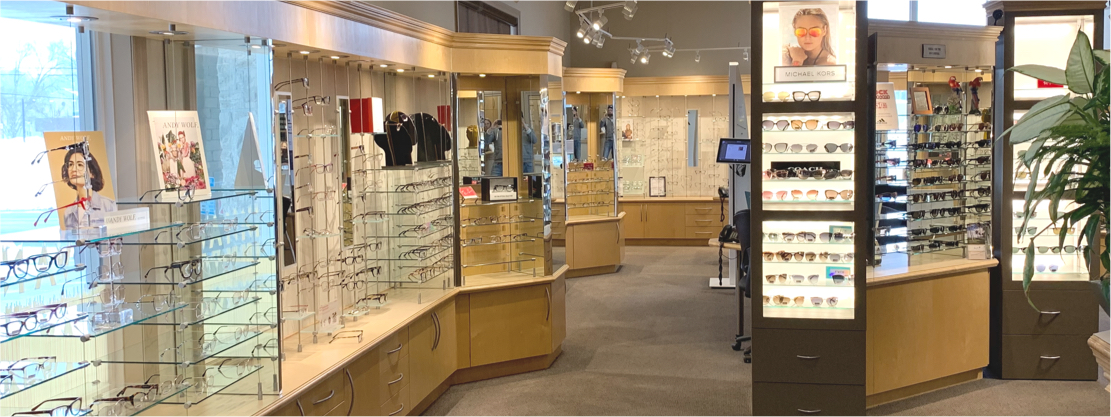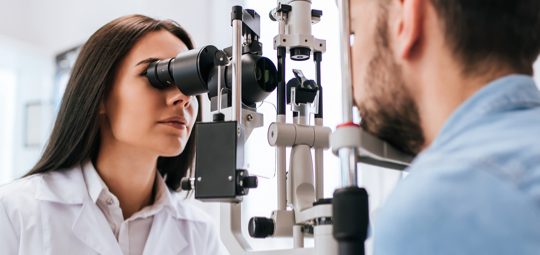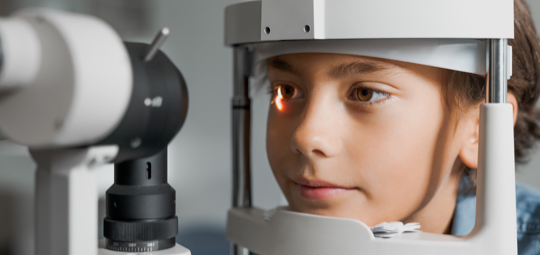Don’t Let Eye Disease Steal Your Sight
Just about anyone can develop an eye disease or other serious eye condition. However, eye diseases are particularly threatening because they often develop without exhibiting any symptoms. Without a proper diagnosis, as well as a tailored treatment or management strategy, these diseases can lead to permanent vision loss.
So, what can you do to protect yourself from eye disease? Your first line of defence is going for regular eye exams. Eye exams allow your optometrist to examine the health of your eyes, using state-of-the-art technology to help diagnose eye diseases before your vision is threatened.
Please, safeguard your vision. Book an appointment today.












